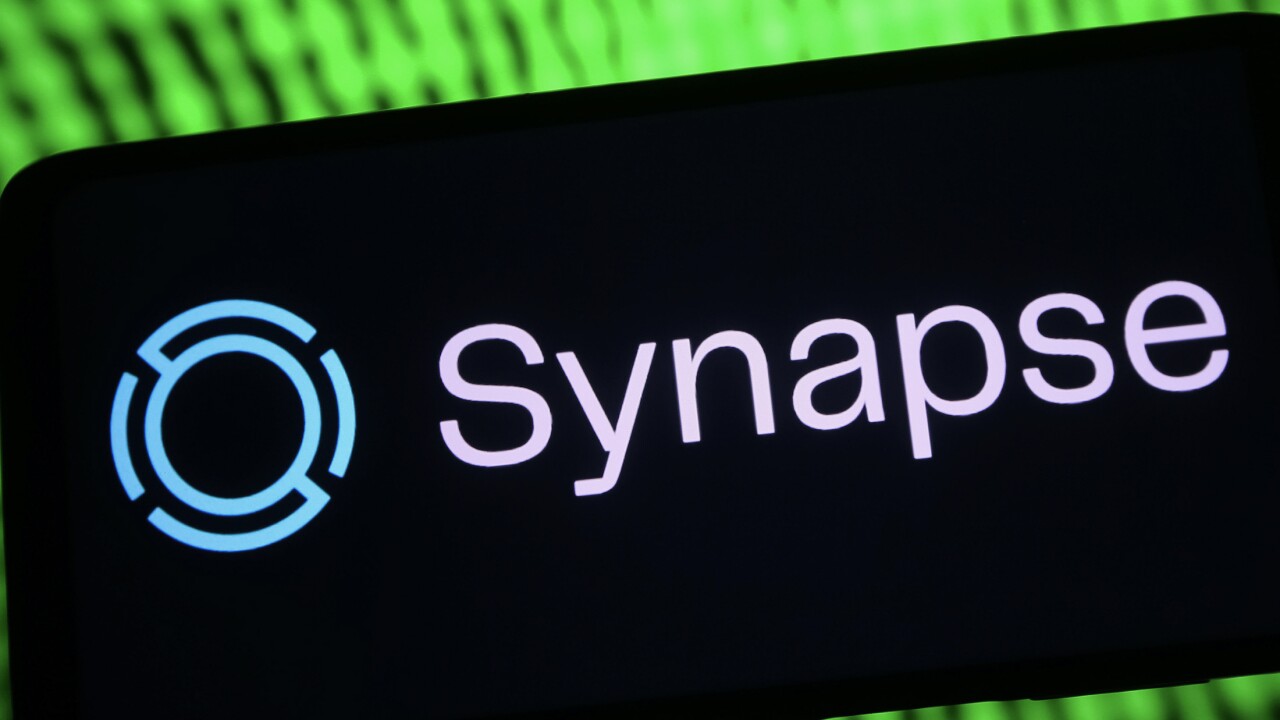During the recent government shutdown, U.S. banks and credit unions waived late fees, suspended loan payments and made small loans to help customers get by.
The response was customer-centric: Banks considered customers’ needs and improved products to suit them. Given the limited time to act and the uncertain outlook, not much more could have been done.
But what if banks could figure out a way to go even further to address a similar need in the future? What if they were able to put the customer first and address the entirety of the need — in this case, the missing paycheck — and then solve backward from there?
That solution might be quite a bit simpler, and quite a bit more powerful. It might be an email saying, “You’re not alone, and we’ve got your back,” along with the regular deposit made to the account on payday — in the form of a loan from the bank. The bank would get repaid when the government reopened and repaid its workers.
That would be the essence of an active solution that addresses evolving customer needs — while also capturing hearts and minds, sowing goodwill and strengthening relationships. Such solutions can change the growth curve dramatically for banks, maybe even to the level of big tech.
Of course, there are many reasons why this didn't happen during the last shutdown. If technology, data or credit risk limitations didn’t get in the way, a thicket of regulations and laws probably would have.
Despite these obstacles, some banks made
The shutdown example provides a lens through which to view future products and services and ways to forge stronger bonds with customers. The most customer-centric banks of the future will focus on three essential concepts: function, experience and dynamism.
Functionally, our hypothetical federal-worker solution is built on the understanding that the risk of these specific customers for this specific need is very limited, with the loans essentially guaranteed by the government. As a result, the primary bank would be able to act like a primary bank, solving the big problem the customer had — a missing paycheck — in full.
Sure, there might be questions about who qualifies as a federal employee, who is working versus who is on furlough, and so on. But such challenges surely could be solved by big data and machine learning. In principle, this approach is like that used by student loan refinancing firms that have repriced a subset of clients that are less risky than others.
In terms of customer experience, our hypothetical example is simple, easy and delivered directly at the point of need. Rather than feeling confused, stressed, out of control or alone, customers would feel calm, empowered and part of a community of people going through the same difficulty, through no fault of their own.
This would all be possible because the banking solution would be dynamic. It would be constructed at inception based not on the blueprint of today’s siloed products, but rather as a tool purpose-built to quickly solve whatever financial challenge life threw at the customer. If the problem wasn’t something that had been anticipated, the institution would be capable of quickly adapting and bringing a new version to market before it was too late for the customer. Oliver Wyman’s 2019 State of Financial Services report indicates that for most banks a new product launch takes at least three months, whereas startups can do it in a couple of weeks.
Thought experiments like these can help banks focus on what they should strive to do in the future. The federal shutdown is one small and short-lived example. Other customer problems are much larger and more enduring. For example, growing numbers of gig-economy workers struggle with income instability on a regular basis. Fully 40% of U.S. households can’t cover a $400 emergency from their savings.
As banks invest in customer centricity, it’s critical to examine where these dollars are going. How much of the budget is dedicated to making current products incrementally better — efforts that will almost certainly succeed but may not have enough impact to truly change customer lives or institutional growth curves when they do? And how much of the budget is going toward transformational solutions that will solve much bigger customer problems in much better ways — efforts that will be harder to land, but with the potential to be game changers if they do?
The challenges of developing this new breed of solutions are numerous, from technology and regulation to economics. But as many in the industry prepare for a possible wave of cost-cutting and consolidation, the opportunity, however difficult, is presenting itself. Banks that get it right have a chance to grow organically for years to come.
The changing financial needs of bank customers demand new solutions, and advancements in technology provide the ability to deliver them. The question for each bank is whether it has the imagination to dream up these new solutions, and the capability make them happen.




